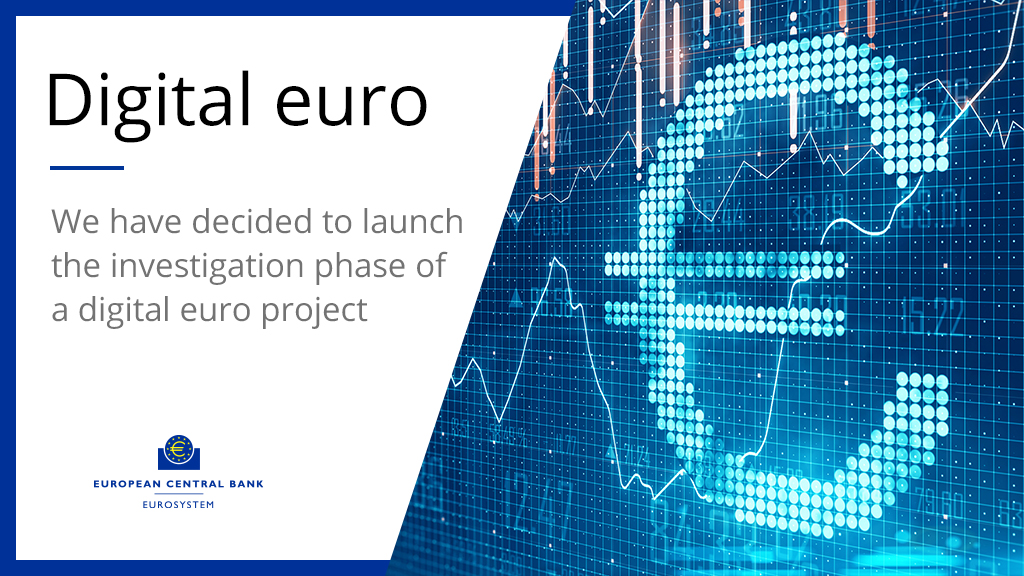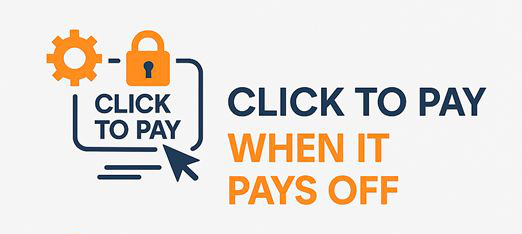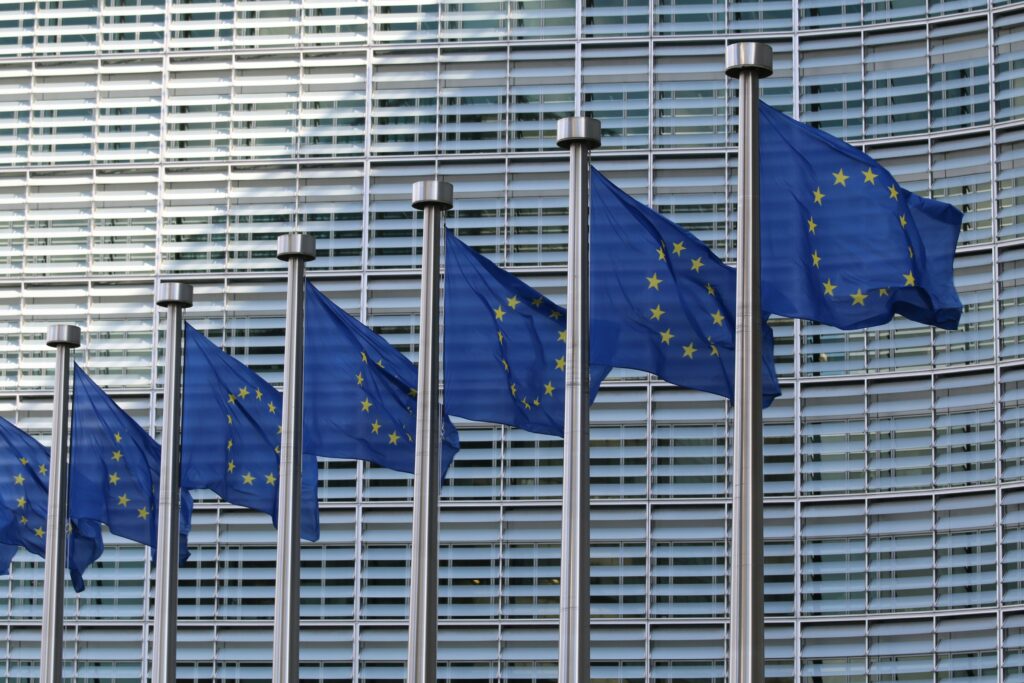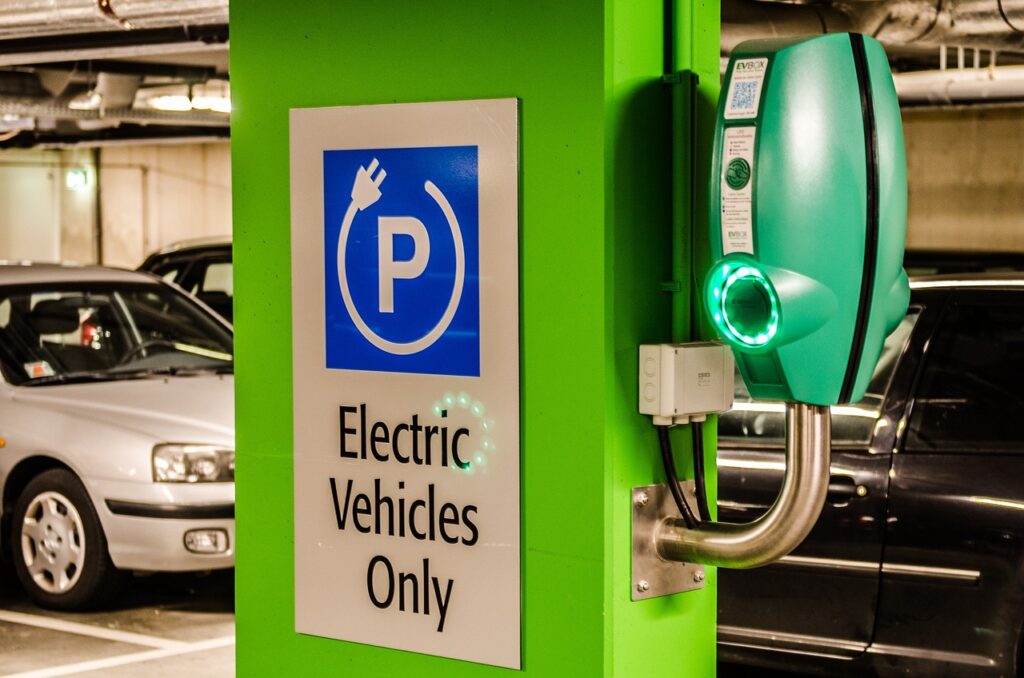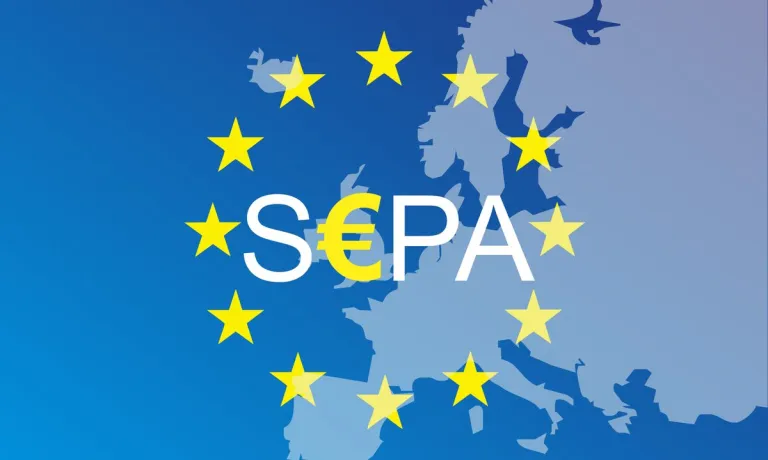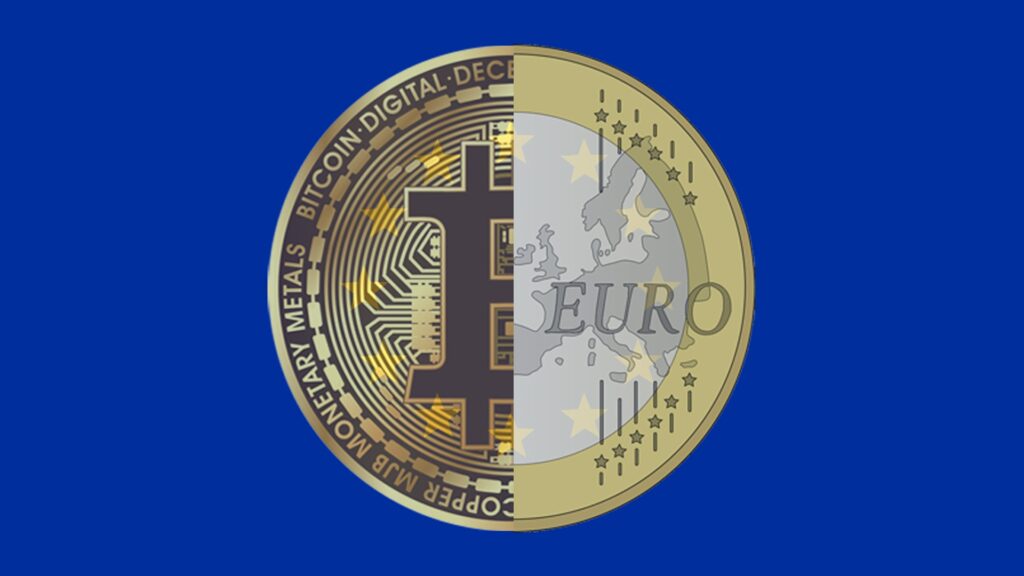The end of the investigation phase is near
The digital euro project is entering the final stage of its investigation phase. The Governing Council will review the outcome of the investigation phase in autumn 2023 and will decide whether to move on to a subsequent project phase in which the appropriate technical solutions and business arrangements necessary to provide a digital euro could be developed and tested. At the same time, parallel to the work of the ECB, the European Council, in cooperation with the European Parliament, is working on the legislative framework for the new currency.
Connective Payments CBDC file
- The digital euro: balancing act of a CBDC
- DNB on CBDC and the digital euro
- Are the risks of CBDCs exaggerated?
- E-Krona: Europe’s CBDC early adopter
- Finally: a Dutch debate on the digital euro
- The digital euro: turmoil in the final stage of the investigation phase

As the end of the investigation phase comes into view, it is noticeable that the discussion is definitely shifting from the technological to the political domain. The European Parliament is playing an increasing role in the discussion, with two papers casting doubt on the attractiveness of a digital euro. Meanwhile, the Eurosystem is trying to generate public interest in the project, including through surveys of focus groups in the various euro area countries.
A solution in search of a problem
At times, skeptics have wondered what problem the digital euro is the solution to, in terms of inefficiencies or dangers to the status quo. Although the ECB has done its best to formulate answers to this (increasing digitalisation, inclusiveness of the Eurosystem, confidence in the Euro), these reasons remain rather abstract. For many citizens and businesses, the million euro question has not yet been answered satisfactorily. Most people seem hardly aware of the possible arrival of a digital euro and do not see the difference with the money that is in their account today. And on the far right and far left flanks of the political spectrum, distrust is growing about the project as a megalomaniac means of controlling citizens through data, a lot of data in the hands of the financial elite in Frankfurt. One may wonder how well-founded this public mistrust is, and several measures have already been taken in the project to protect the privacy of citizens and businesses. However, that does not change the fact that the concerns about the eventual public acceptance of a digital euro are justified. Widespread indifference in the political center, growing mistrust on the flanks: together not the ideal starting point for launching a new currency, with European parliamentarians taking the sentiments of their voters into account.
No bank runs please
One of the dilemmas facing the ECB is this: one of the main reasons citizens can think of for wanting digital euros is that they can provide a “safe haven” in times of financial turbulence. After all, if their bank is about to collapse, they can transfer their money to their digital euro account in no time. But it is precisely this advantage that the ECB wants to limit by setting caps on balances to be held. The idea is that the risk of bank runs can thus be limited. So if that advantage is gone, what is left?

Focus groups
In any case European citizens, when asked, believe that they should be able to pay everywhere with digital euros. The new currency should be able to compete with existing digital means in terms of functionality, while at the same time respecting the anonymous characteristics of cash. A comprehensive package of requirements, therefore, and if the ECB wants to start with a “minimum viable product”, there is a risk that consumers will drop out in advance, disappointed.
New elements
The skeptics in the European Parliament were well served in April, when among a flow of external papers two studies were published by the Economic Governance and EMU Scrutiny Unit (ECOV), both requested by the ECON (the European Parliament’s Committee on Economic and Monetary Affairs).
The first is tellingly called “The digital euro: When in doubt, abstain (but be prepared)”. The author, Mr Ignazio Angeloni, concludes that the risks and imponderables of this enterprise are stronger than the arguments in favour of it. Although the ECB should continue to explore the European CBDC, it should not be launched unless “new elements” emerge. Unfortunately, the paper remains vague about what these new elements might be. The analysis does however contain a list of arguments against CBDCs in general:
- The payment system is already efficient and constantly progressing;
- There are no ‘market failures’ suggesting central banks should be directly involved;
- CBDCs will not succeed because central banks lack the necessary expertise to win the market;
- CBDCs may put financial stability at risk;
- CBDC would distort and discourage private investment and innovation.
Programmability
The second paper is called “Digital euro: an assessment of the first two ECB progress reports”. The study argues that the envisaged design of the digital euro makes the use case for a digital euro from consumers’ point of view questionable, in part because it will offer less convenience than other, commercially provided, digital means of payment. This paper identifies some of the “new elements” that would promote widespread adoption.
Remarkably, “programmability” is named as one of those design features. As is well known, there is a great deal of societal opposition from the member states to a programmable digital euro, from the point of view of undesirable state interference with private life. Fabio Panetta, member of the ECB Executive Board and Chair of the Task Force on Central Bank Digital Currency, has assured in January that the ECB will never use the programmable features of a digital euro: ”Central banks issue money, not vouchers”.
Central banks issue money, not vouchers
The ECB goes to great lengths to emphasize that the digital euro should resemble cash in almost everything. However, this paper argues that programmable features, to be used by consumers and merchants, would make the digital euro more appealing.
“A programmable digital euro would allow consumers to set limits on their expenses, making them aware of how they spend their money. In addition, such limits could be very granular (e.g., a monthly limit of €100 on cigarettes, another monthly limit of €10 on lottery tickets, etc.). Merchants and firms could program gift cards, fidelity programs, or other perks directly in the digital euro. Lenders would also benefit by limiting the fraudulent spending of loans, thus reducing the need to monitor borrowers.”
Cyril Monnet, April 2023
However, the question is whether it is necessary to build such programmable features into the digital euro payment scheme. After all, there are already many apps in circulation today, often based on PSD2 (and with the user’s explicit consent), that achieve the same goal: just think of the wide range of budget coaching tools.
Other papers
In addition to these two rather critical studies, other papers have appeared that try to influence the debate in the European Parliament.
- In a report named “Digital euro: an assessment of the first two progress reports” Mr Christan Hoffmann makes the case for unlimited access to digital euros, as opposed to the caps on digital euro holdings, that the ECB envisages in the interest of financial stability.
- A study entitled “A legal framework for the digital euro” was published in May, examining the legal aspects of the digital euro. This paper, like the aforementioned, argues against the tight holding limits (of around €3000), remuneration schemes and limited privacy features proposed by the ECB. In addition, the author, Seraina Grünewald, questions the underlying financial business case for banks and payment service providers, who are assigned a role by the ECB as distributors of the digital euros.
More turmoil ahead
Now that the discussion about the usefulness and necessity of a digital euro is becoming increasingly widespread, it is not hard to predict that in the near future we will increasingly see regulators like Mr Panetta stepping on the tightrope to explain why the digital euro will be an attractive new means of payment, and certainly not a threat.
Sources
- Third progress report on the investigation phase of a digital euro, ECB April 2023https://www.ecb.europa.eu/paym/digital_euro/investigation/governance/shared/files/ecb.degov230424_progress.it.pdf
- ‘Study on digital wallet features’, Kantar, March 2023https://www.ecb.europa.eu/press/pr/date/2023/html/ecb.pr230424_1_annex~93abdb80da.it.pdf
- ‘A digital euro: widely available and easy to use’ – Introductory statement by Fabio Panetta, Member of the Executive Board of the ECB, at the Committee on Economic and Monetary Affairs of the European Parliament. Brussels, 24 April 2023.https://www.bis.org/review/r230425i.pdf
- ‘The digital euro: When in doubt, abstain (but be prepared)’ – Economic Governance and EMU Scrutiny Unit, April 2023.https://www.europarl.europa.eu/RegData/etudes/IDAN/2023/741507/IPOL_IDA(2023)741507_EN.pdf
- ‘Digital euro: an assessment of the first two ECB progress reports’ – Economic Governance and EMU Scrutiny Unit, Cyril Monnet, PE 741.508, April 2023.https://www.europarl.europa.eu/RegData/etudes/IDAN/2023/741508/IPOL_IDA(2023)741508_EN.pdf
- ‘Digital euro: an assessment of the first two progress reports’ – Economic Governance and EMU Scrutiny Unit, Christian Hoffmann, PE 741.511, April 2023.
https://www.europarl.europa.eu/RegData/etudes/IDAN/2023/741511/IPOL_IDA(2023)741511_EN.pdf

